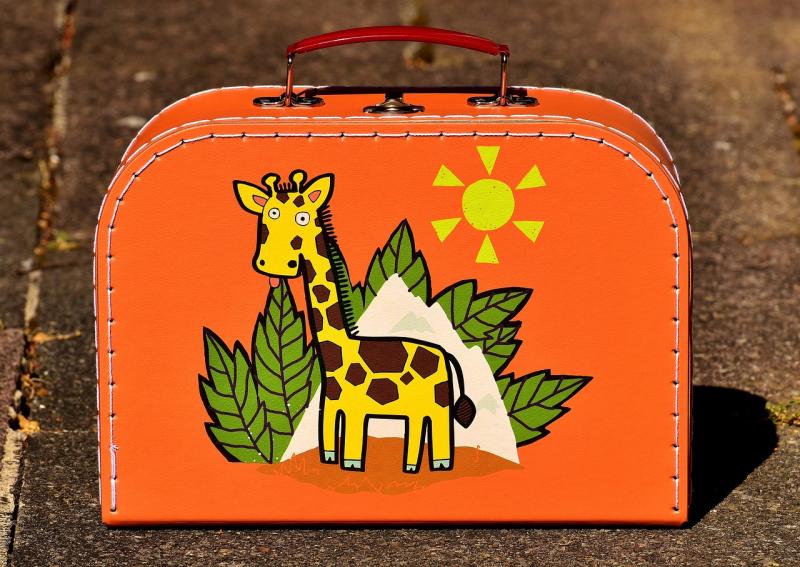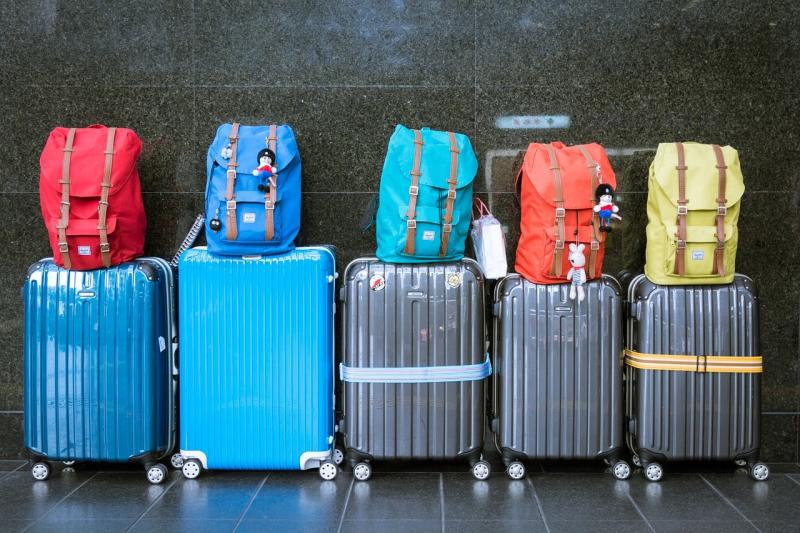Travel bags have been around for thousands of years, and their history is pretty fascinating. In ancient times, people didn’t have the fancy suitcases and backpacks we use today. Instead, they relied on simple bags made from materials they could find, like animal hides and woven fabrics. These bags were practical, designed to carry essential belongings during long journeys, whether for trade, exploration, or pilgrimage.
Take the Ancient Egyptians, for example. They used lightweight linen bags for everyday items when traveling along the Nile. On the other hand, nomadic tribes often had leather pouches that could easily be slung over their shoulders or tied to their animals. These bags were crucial for keeping food, tools, and other necessities secure and accessible.
In ancient Rome, travel was a bit more organized. Wealthier citizens had bags that reflected their status, often adorned with intricate designs. Roman travel bags were not only functional but were also a way to show off. Even merchants needed durable bags to transport their goods, leading to even more innovations in their design.
As cultures evolved, so did the materials and styles of travel bags. From simple sacks to more structured forms, the early designs laid the groundwork for the luggage we know today. It’s interesting to see how practicality has always been at the heart of travel bag design, adapting to the needs and lifestyles of the people who used them.
The Rise of Suitcases
As travel became more accessible, especially in the 20th century, suitcases started to evolve. Have you ever noticed how those classic vintage suitcases have a charm of their own? With leather exteriors and tailored designs, they were perfect for train journeys and the golden age of air travel. People loved showing off their stylish luggage almost as much as the destinations they were headed to!
Fast forward to today, and you'll see suitcases packed with features. We’ve moved towards lightweight materials, 360-degree wheels, and built-in locks, making it easier to move around regardless of how chaotic airports can get. Many suitcases now even come with charging ports and expandability options, catering to the needs of the modern traveler.
The rise of smart luggage is another interesting trend! Some brands are integrating technology into their suitcases, helping you track your bag and keep it secure. Who would have thought we would be checking on our luggage through an app? It’s all about convenience now, and these features reflect the changing priorities of travelers everywhere.
Innovations in Modern Luggage
Think about built-in charging ports. Many new suitcases come equipped with these handy ports, letting you charge your devices on-the-go. Whether you’re waiting at the airport or hanging out in a hotel lobby, it’s a lifesaver for keeping your phone and tablet charged and ready. No more scrambling for a plug or dealing with dead devices while you’re traveling!
Another neat feature is the smart luggage tech. With some bags, you can track your luggage right from your smartphone. Lost luggage? Not anymore! You can quickly check where it is, reducing the stress of wondering if your bag is safe. And if you're worried about weight, many modern luggage options come with built-in scales, so you won't face those pesky overweight fees at check-in.
Last but not least, let’s talk about design. Sleek designs, lightweight materials, and durable fabric options mean that luggage is easier to handle and more stylish than ever. Many contemporary bags also include expandable compartments, so they adapt to your packing needs, whether you're off for a weekend getaway or a month-long adventure.
Sustainable Trends in Travel Gear
Travel gear is going green, and it’s exciting to see how more people are becoming eco-conscious with their choices. Sustainability in travel isn’t just a trend; it’s becoming a must-have for many travelers. From luggage made from recycled materials to brands committing to reducing their carbon footprints, the options are growing. Not only is this better for the planet, but these products can be just as stylish and functional as conventional gear.
One of the biggest shifts is towards using recycled materials. Many companies are now designing suitcases and backpacks using plastics pulled from the ocean or old travel gear. This not only helps reduce waste but gives a second life to materials that would otherwise end up in landfills. Plus, these items often come with hefty durability, so you get both eco-friendliness and reliability.
Another trend is the rise of brands focused on ethical production practices. These companies are transparent about their supply chains, ensuring fair labor practices and minimal environmental impact. This makes it easier for consumers to feel good about their purchases, knowing that they’re supporting initiatives that prioritize people and the planet.
And that’s not all! Travel accessories like packing cubes and toiletry bags are also stepping up their game with sustainable fabrics. Whether it’s organic cotton or recycled polyester, travelers can now pack their bags in style while maintaining an eco-friendly ethos. It's a win-win situation that helps keep your gear organized and the earth healthier.



